Home>Ideas and Tips>Backyard Garden Bed Edging Ideas: Define Your Planting Areas
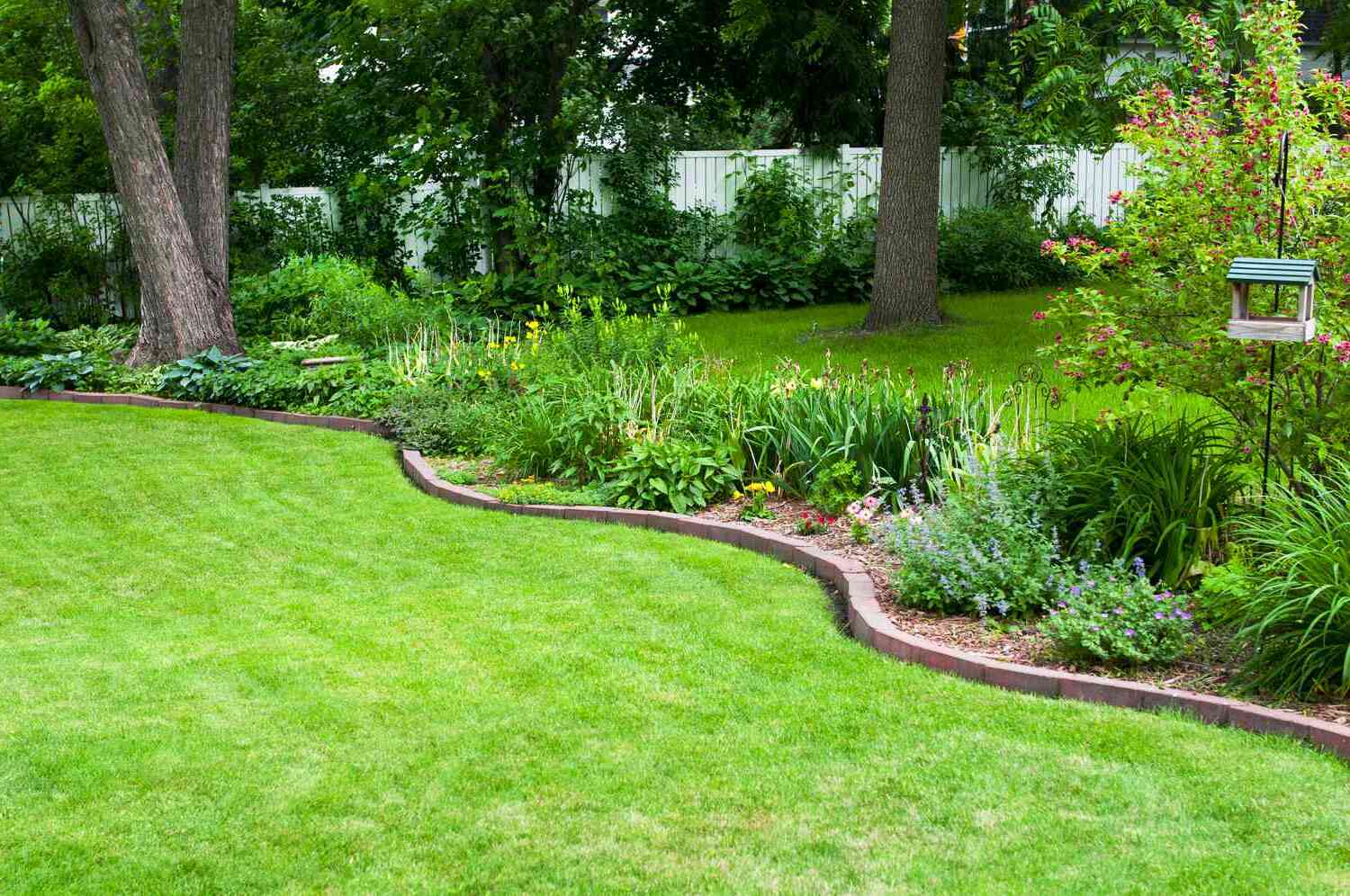

Ideas and Tips
Backyard Garden Bed Edging Ideas: Define Your Planting Areas
Modified: October 27, 2024
Discover creative and practical backyard garden bed edging ideas to define your planting areas, enhance aesthetics, and simplify maintenance.
(Many of the links in this article redirect to a specific reviewed product. Your purchase of these products through affiliate links helps to generate commission for Storables.com, at no extra cost. Learn more)
Creating a beautiful and well-defined garden bed is an essential part of any landscaping project. Edging your garden beds not only enhances the aesthetic appeal of your outdoor space but also serves practical purposes such as preventing grass from encroaching into your flower beds and reducing mulch runoff and soil erosion. In this article, we will explore a variety of garden edging ideas that cater to different styles and budgets, helping you to transform your backyard into a stunning oasis.
Why Edging Matters
Edging your garden beds is more than just a finishing touch. It plays a crucial role in maintaining the integrity of your garden beds. Here are some key reasons why edging is essential:
-
Aesthetic Appeal: Edging adds a finishing touch to your garden, creating clean lines and defining the boundaries between different areas. This enhances the overall look of your outdoor space, making it more inviting and visually appealing.
-
Practical Benefits: Edging acts as a barrier between lawns and garden beds, preventing unwanted grass from growing in flower beds. This reduces the need for frequent weeding and maintains the health of your plants.
-
Maintenance: Edging helps in reducing mulch runoff and soil erosion in landscape beds, which in turn reduces the amount of time devoted to maintenance tasks like mulching and soil replenishment.
-
Protection: It protects annual and perennial flowers from mishaps involving garden tools such as edge trimmers and lawn mowers, ensuring that your plants remain safe and healthy.
Materials for Garden Edging
Garden edging can be created using a wide range of materials, each offering its own unique characteristics and benefits. Here are some popular options:
1. Plastic Edging
Plastic edging is an inexpensive and durable solution for garden borders. It comes in long rolls that can be easily installed by digging a trench and sinking the edge into it. While it may not be glamorous, plastic edging is a practical choice for those on a budget.
2. Metal Edging
For a modern aesthetic, consider sleek and durable metal edging. Metal edges come in various shapes and sizes, offering flexibility in design. They are easy to install and provide a clean, low-maintenance edge.
3. Wood Edging
Natural wood edging is a versatile and eco-friendly choice that seamlessly blends with the natural surroundings. It adds warmth to your garden while framing your green oasis beautifully.
4. Brick Edging
Brick edging brings classic charm to your garden with its timeless appeal. The sturdy nature of bricks ensures a long-lasting border, elevating the overall look of your outdoor space with its warm tones.
5. Paving Block Edging
Paving block edging adds sophistication and structure to your garden with clean lines and varied designs. It creates visually pleasing borders that help define different areas of your garden.
6. Natural Stone Edging
Natural stone edging brings timeless charm to your gardens by using materials like river rocks or fieldstones. These stones can be color-coordinated with plants and flowers, adding an organic touch to your garden design.
7. Recycled Rubber Edging
Recycled rubber edging is an eco-friendly option that is nearly indestructible and designed for no-dig installation. It secures with pegs that you simply tap into place, eliminating the need for a trimmer.
Budget-Friendly Edging Ideas
If you're looking to revamp your garden without breaking the bank, here are some budget-friendly edging ideas:
1. Wood Chip Mulch Garden Edging
One inexpensive gardening edge idea is to use wood chip mulch to separate the lawn from the garden. Wood chips not only look great but also functionally stop weeds from growing and retain moisture for your plants.
2. Bricks With a Curve
A curved brick edge looks great and allows you to not worry about getting the lines straight when installing it, making it easy to install. Plus, bricks are an inexpensive option if budget is a concern.
3. Rocks Meet Pavers
Make even more of a statement by using two materials to edge your garden. Here, pavers sit against the lawn to create a clean edge, while rocks are used to separate the other part of the yard where trees and bushes grow.
4. Natural Plant Edging
Plants, flowers, and bushes can be used to create an edge in this beautiful garden. This is a budget-friendly idea since you're probably buying the plants anyway to put on the other side of the edging.
Creative Edging Ideas
For those who want to add a unique touch to their garden, here are some creative edging ideas:
1. Stone Path
Another way to divide a garden from a yard is by putting a path in between the two. Here, stones and pavers are used to create a path for a more formal garden. The green of the lawn really pops when set by this beautiful stone path.
2. Wood Edge
Wood is also an excellent way to create a border between a yard and a garden. Here, a small garden bed with flowers has been edged with some wooden logs. You don't need to have a big garden to edge it away from your yard and create the crisp look that you want.
3. Edging Wall
Here, bricks have been used to build a wall that acts like the edging between the garden and the lawn. You could also use pavers and rocks to build a similar wall. Since you're using more materials, this project is going to be pricier than your average edging. However, it creates quite the statement and might be just what you're looking for.
4. Two Rows of Edging
Pick out an inexpensive material and then create another row with the same material. Pavers are a great pick but almost anything would work. Staggering the pavers creates a straight-line edging against the rest of the yard. This technique is great for smaller gardens and flower beds.
5. Boulder Border
For a natural look around a garden, consider adding small boulders as your edging. Boulders along with some mulch are used here to divide the flower garden from the rest of the yard. It's a budget-friendly way to add unique edging to your garden.
DIY Edging Projects
If you're looking to save even more money, consider taking on DIY edging projects yourself. Here are some steps and tips for different types of DIY edging:
1. Plastic Edging Installation
Plastic edging comes in long rolls that require digging a trench for installation. Here’s how you can do it:
- Step 1: Dig a trench at least four inches deep.
- Step 2: Cut a weed prevention barrier or landscape fabric to fit into the trench.
- Step 3: Use fixing pegs to anchor the barrier.
- Step 4: Fill the trench with gravel and then rake to evenly distribute the mixture.
- Step 5: Place your plastic edging in the trench and secure it with pegs.
2. Gravel Edging
Gravel edging is another cost-effective option that involves creating a barrier using gravel:
- Step 1: Settle on the area you want to install edging.
- Step 2: Dig a trench that's at least four inches deep.
- Step 3: Cut a weed prevention barrier or landscape fabric to fit into the trench.
- Step 4: Use fixing pegs to anchor the barrier.
- Step 5: Fill the trench with gravel and then rake to evenly distribute the mixture.
3. Glass Bottle Edging
Glass bottle edging is an eco-friendly idea that involves recycling glass bottles:
- Step 1: Collect glass bottles or ask neighbors for their recycling.
- Step 2: Create the border by inserting bottles upside down in the soil.
- Step 3: Keep it simple or play with designs in the soil to create a unique pattern.
Advanced Edging Ideas
For those who want to add an extra layer of sophistication to their garden, here are some advanced edging ideas:
1. Poured Concrete Edging
Poured concrete edging is typically not a DIY project but can be modernized with sleek, minimalist lines:
- Step 1: Prepare the area by clearing any debris.
- Step 2: Lay down a weed prevention barrier or landscape fabric.
- Step 3: Pour concrete into the prepared area, creating desired curves or straight lines.
- Step 4: Allow it to set before finishing with a sealant.
2. Stone Pillar Edging
Stone pillar edging can be labor-intensive but offers a unique look:
- Step 1: Source interlocking edging stones for easier installation.
- Step 2: Use a mallet to secure each section in place.
- Step 3: For more curved edges, source individual pillars and install them manually.
Tips for Choosing the Right Edging Material
When selecting an edging material, consider several factors including budget, style, and practicality:
-
Budget: Determine how much you are willing to spend on your edging project. Different materials vary significantly in price, so it's crucial to set a budget before making a decision.
-
Style: Think about the overall style of your garden. For example, stone garden edging looks wonderful in a cottage-inspired garden, while the sleek edges of metal work better in contemporary gardens.
-
Practicality: Consider how easy the material is to install and maintain. Some materials like plastic edging are easier to install but may require more maintenance over time.
-
Durability: Choose materials that are durable and can withstand various weather conditions and garden activities.
-
Sustainability: If you're concerned about the environmental impact of your choices, opt for eco-friendly options like recycled rubber or natural stone.
Conclusion
Edging your garden beds is an essential step in creating a beautiful and well-defined outdoor space. With so many materials and ideas available, there's something for every style and budget. Whether you choose budget-friendly options like wood chip mulch or more advanced ideas like poured concrete, remember that edging not only enhances aesthetics but also serves practical purposes like preventing grass from encroaching into flower beds and reducing mulch runoff and soil erosion.
By carefully selecting the right material based on your needs and preferences, you can transform your backyard into a stunning oasis that reflects your unique gardening style while maintaining its integrity over time.
In conclusion, garden edging is more than just a decorative element; it's a crucial part of maintaining a healthy and visually appealing garden. By exploring these various edging ideas and tips, you'll be well-equipped to define your planting areas effectively, ensuring that your garden remains beautiful and functional for years to come.
Was this page helpful?
At Storables.com, we guarantee accurate and reliable information. Our content, validated by Expert Board Contributors, is crafted following stringent Editorial Policies. We're committed to providing you with well-researched, expert-backed insights for all your informational needs.
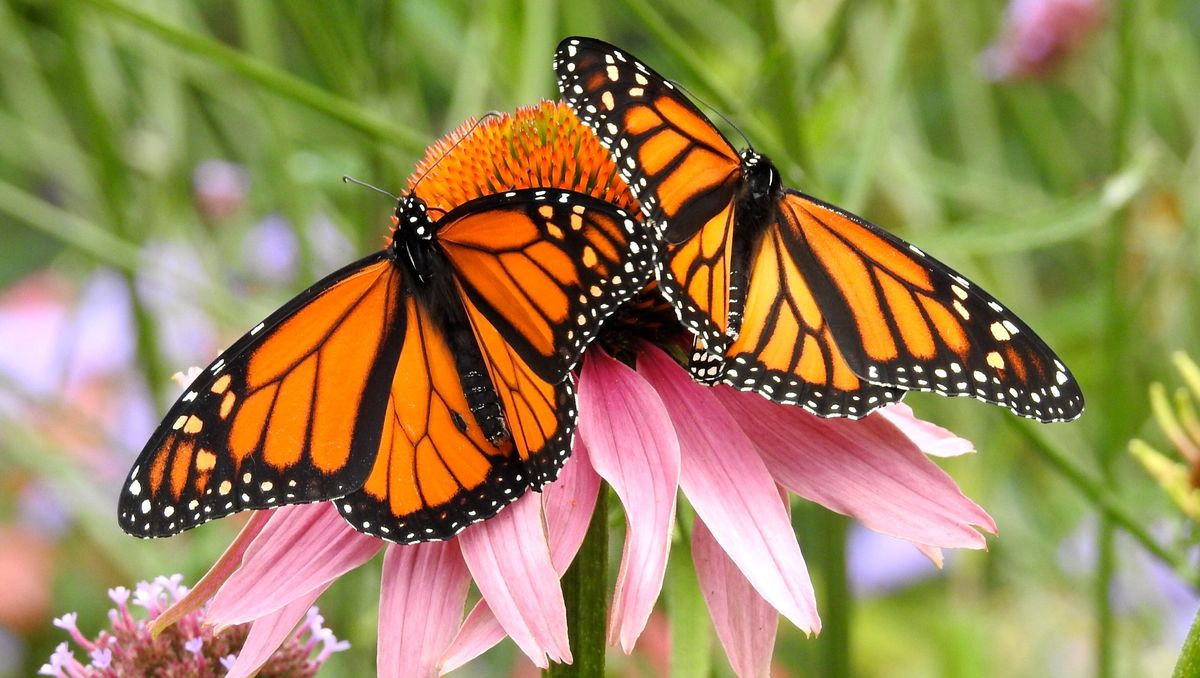
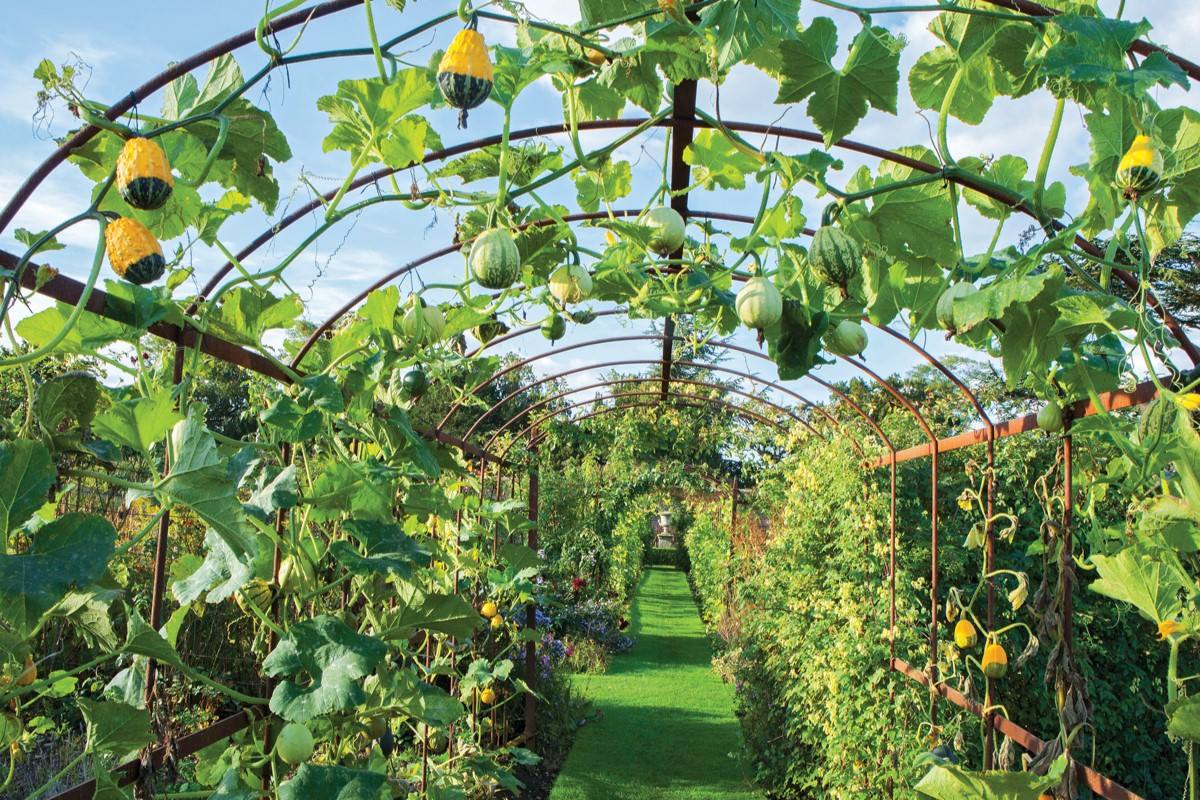
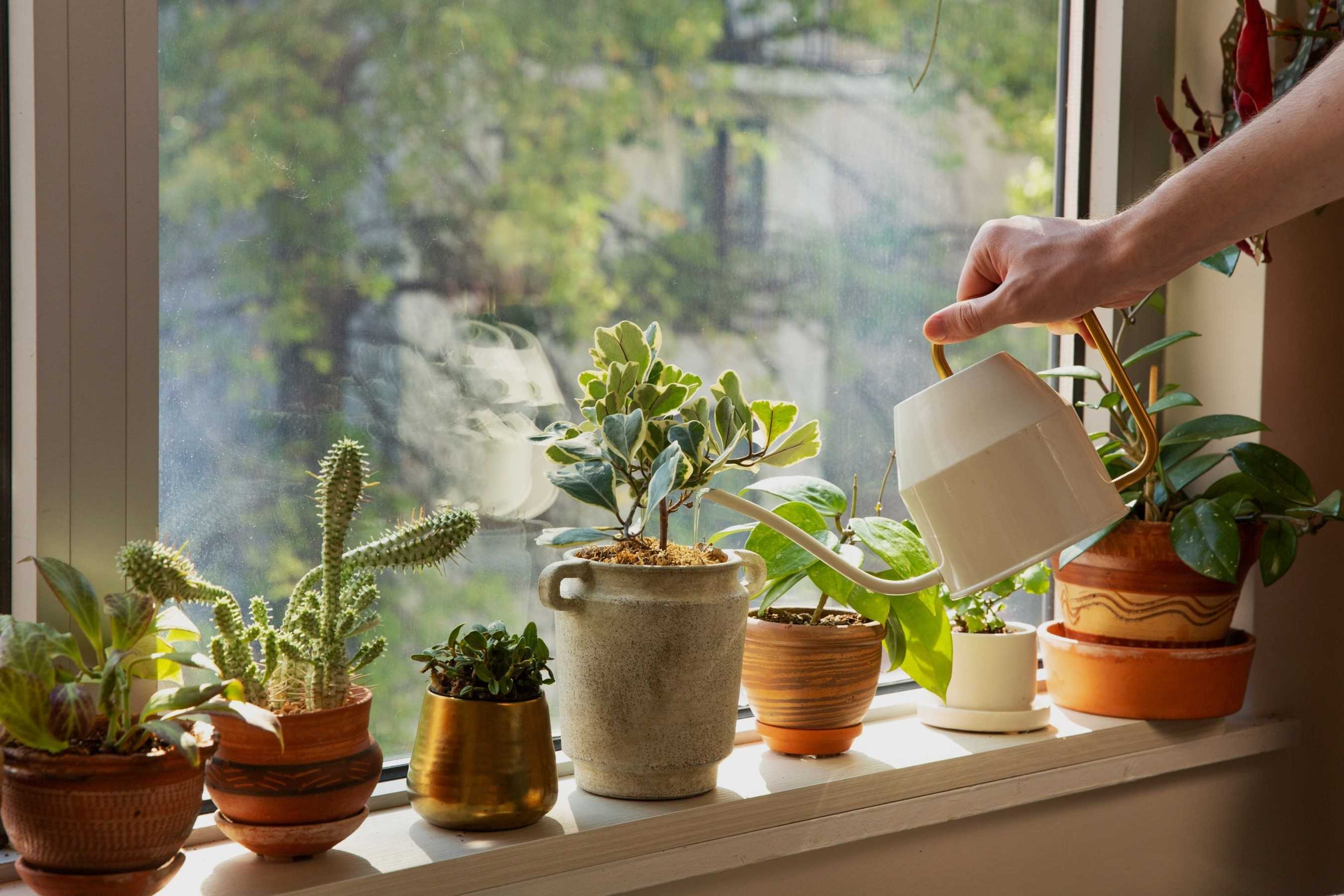

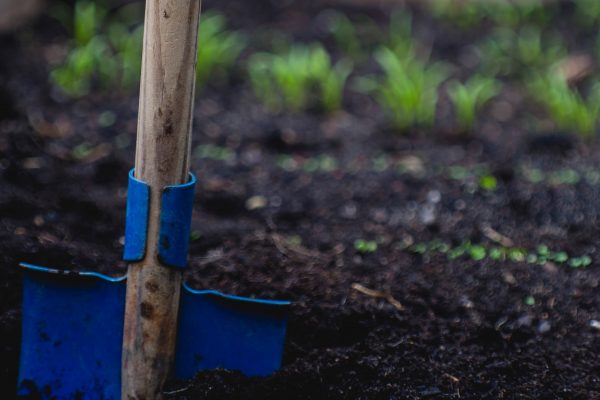
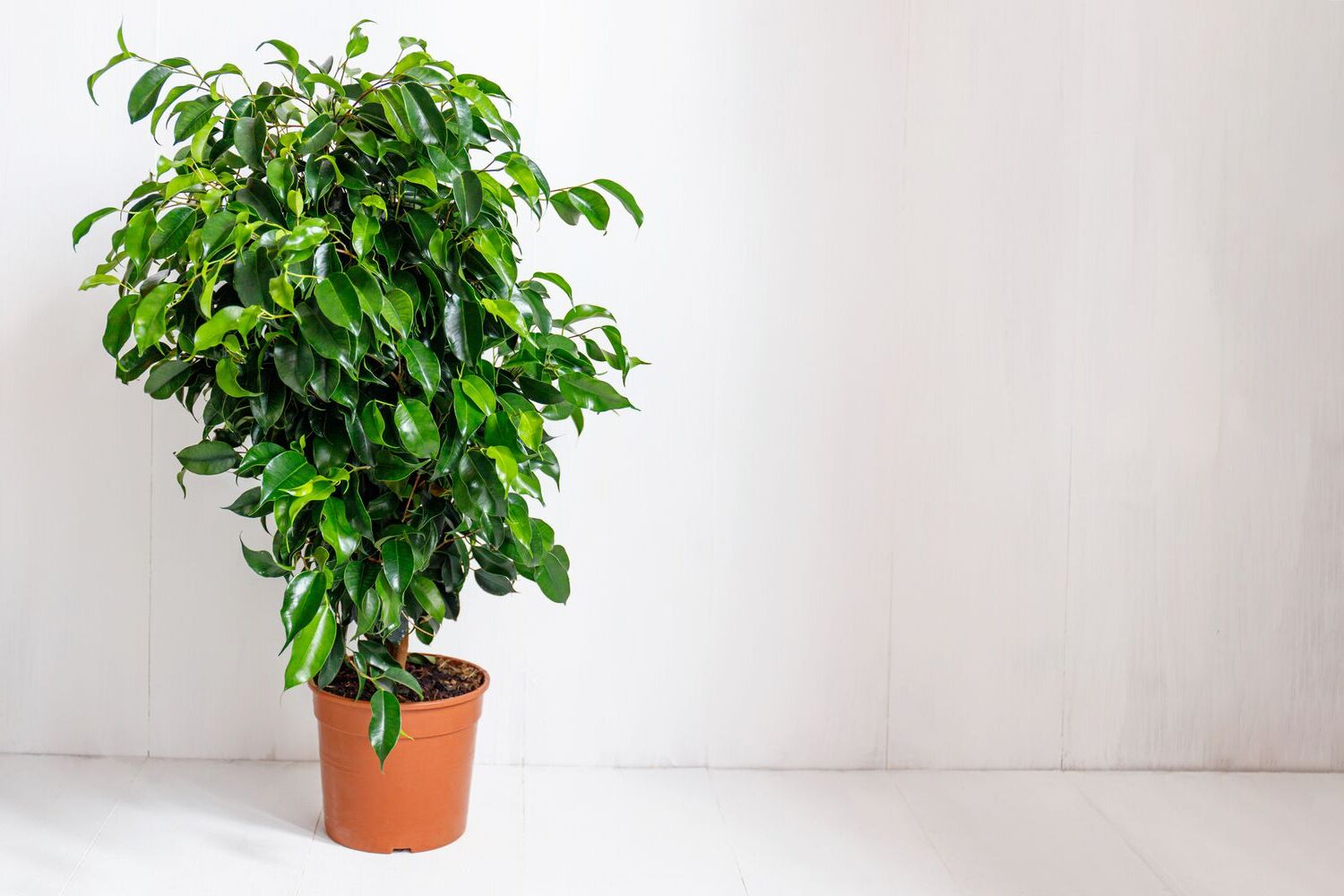
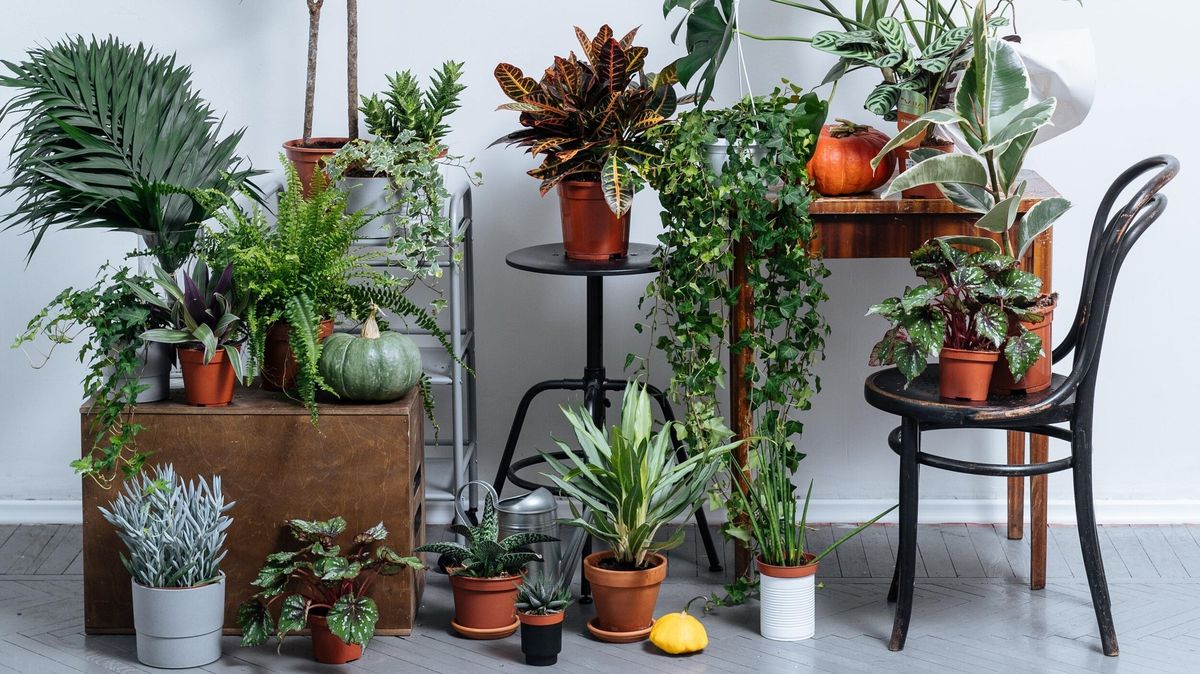
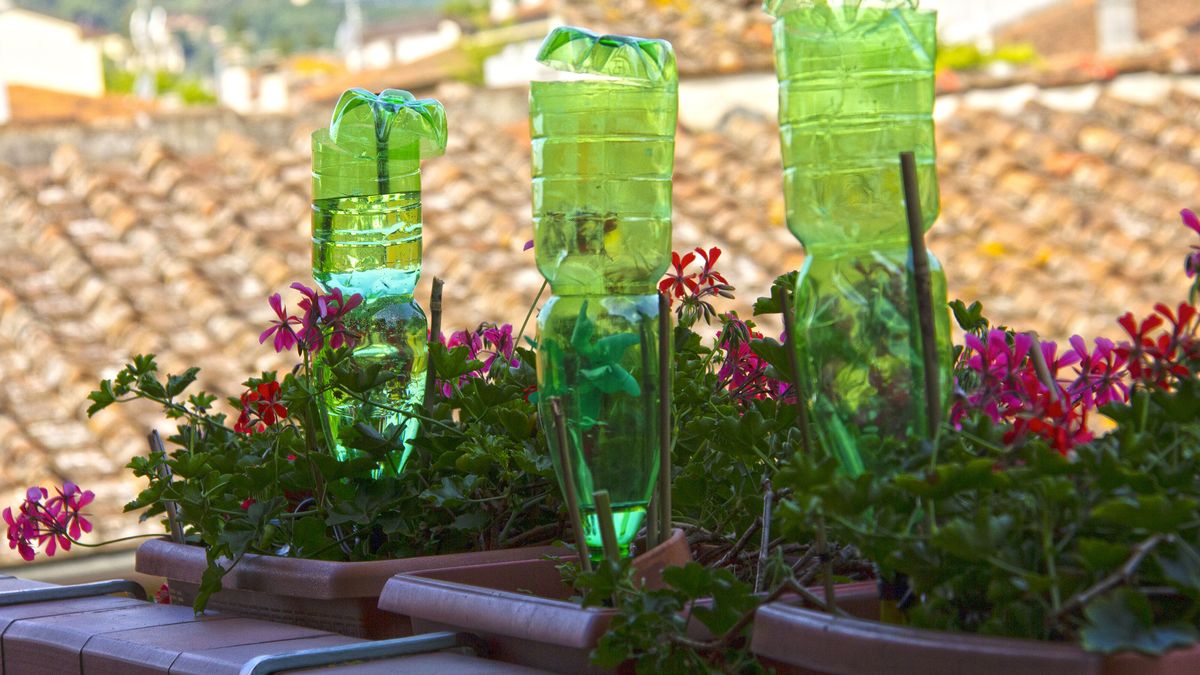

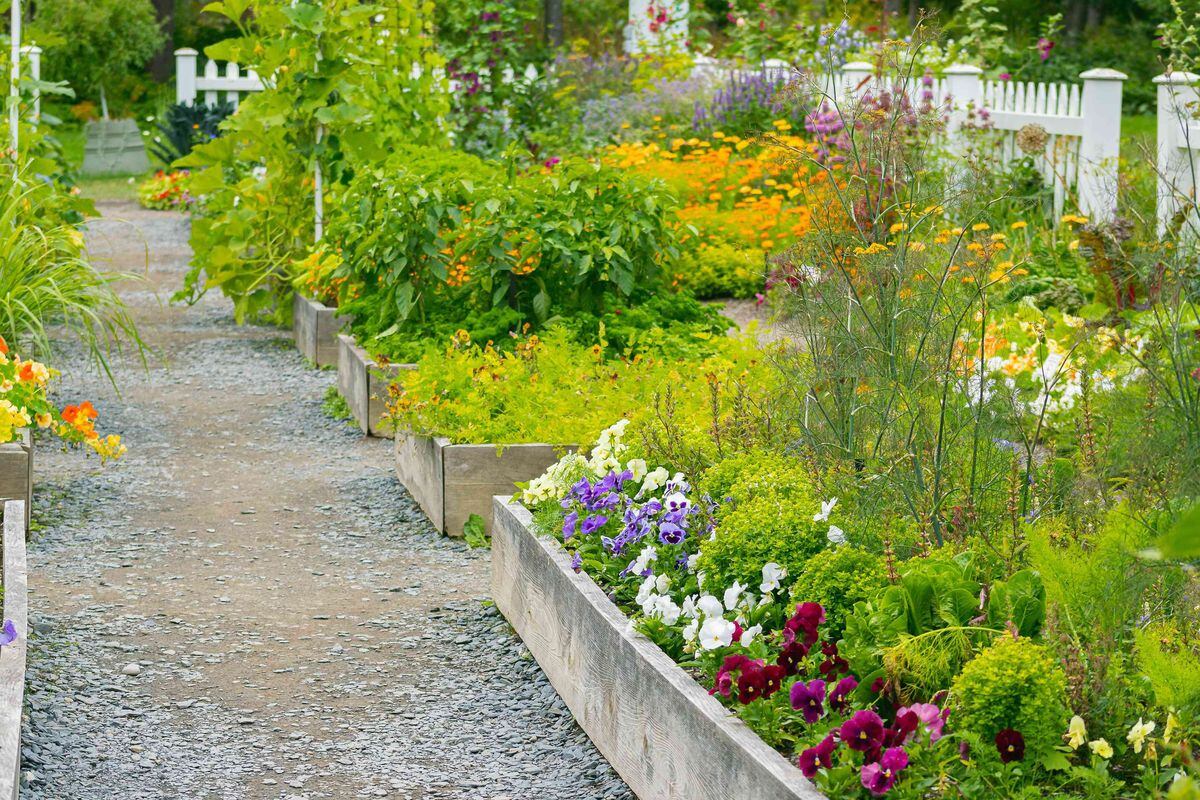
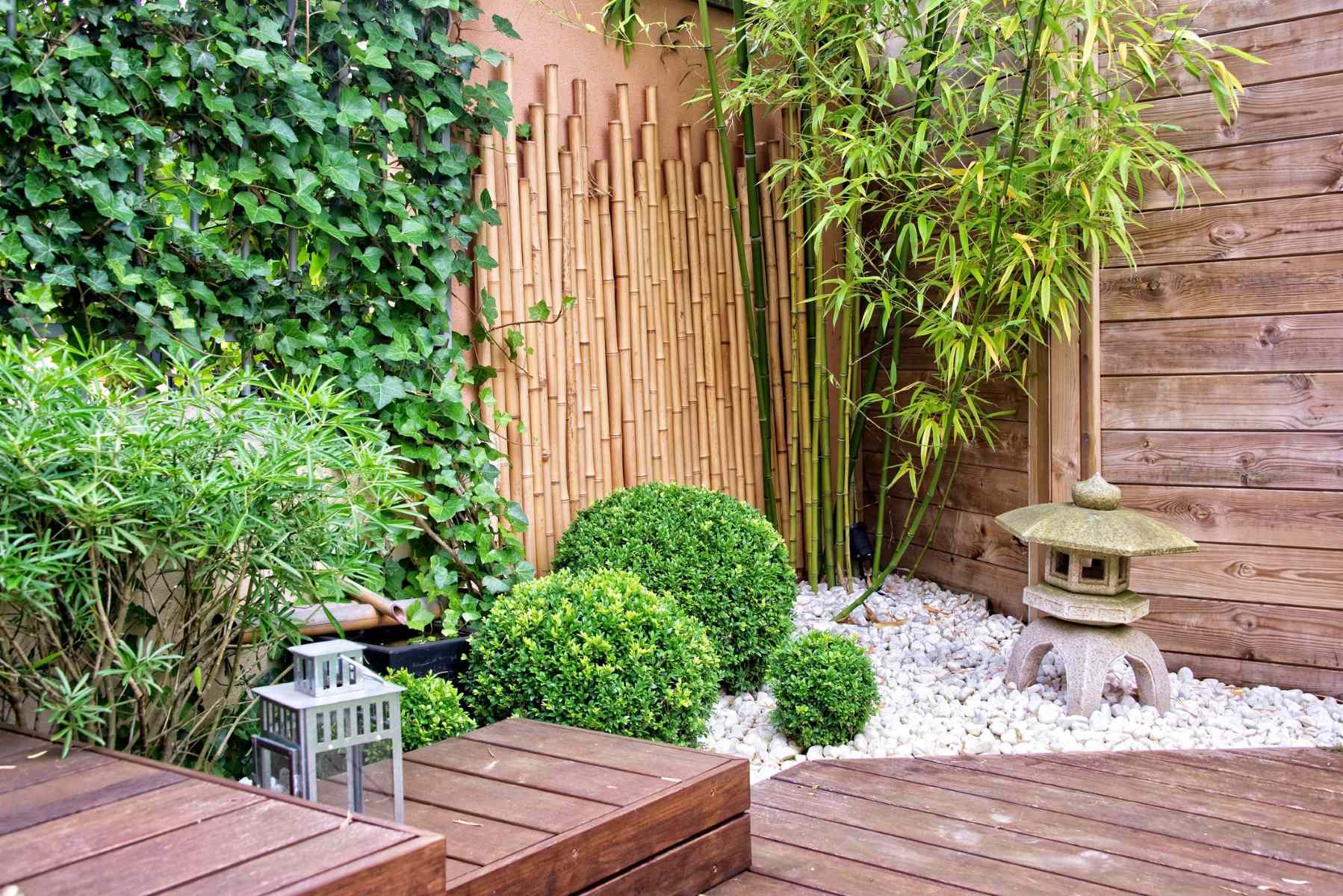
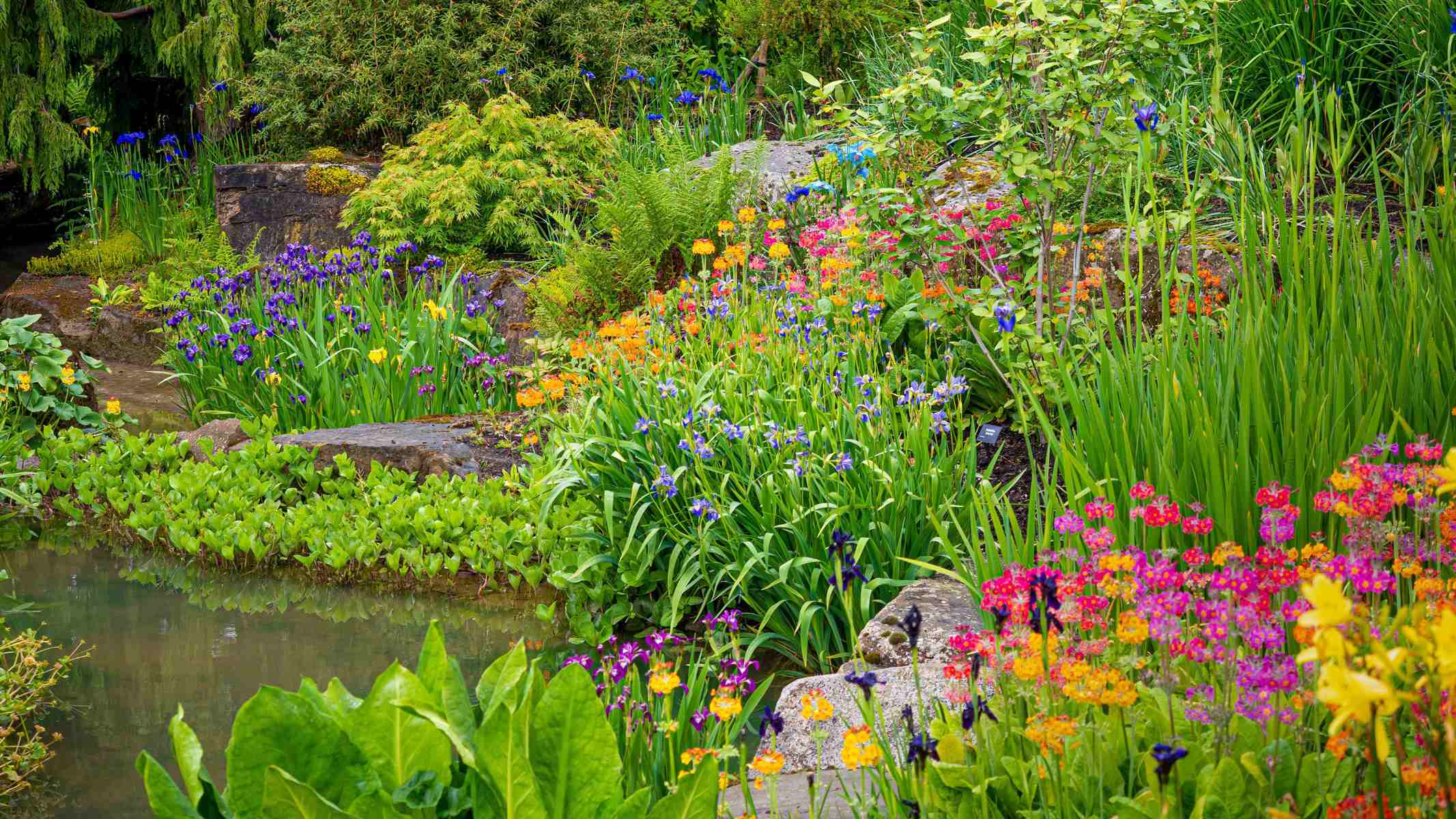

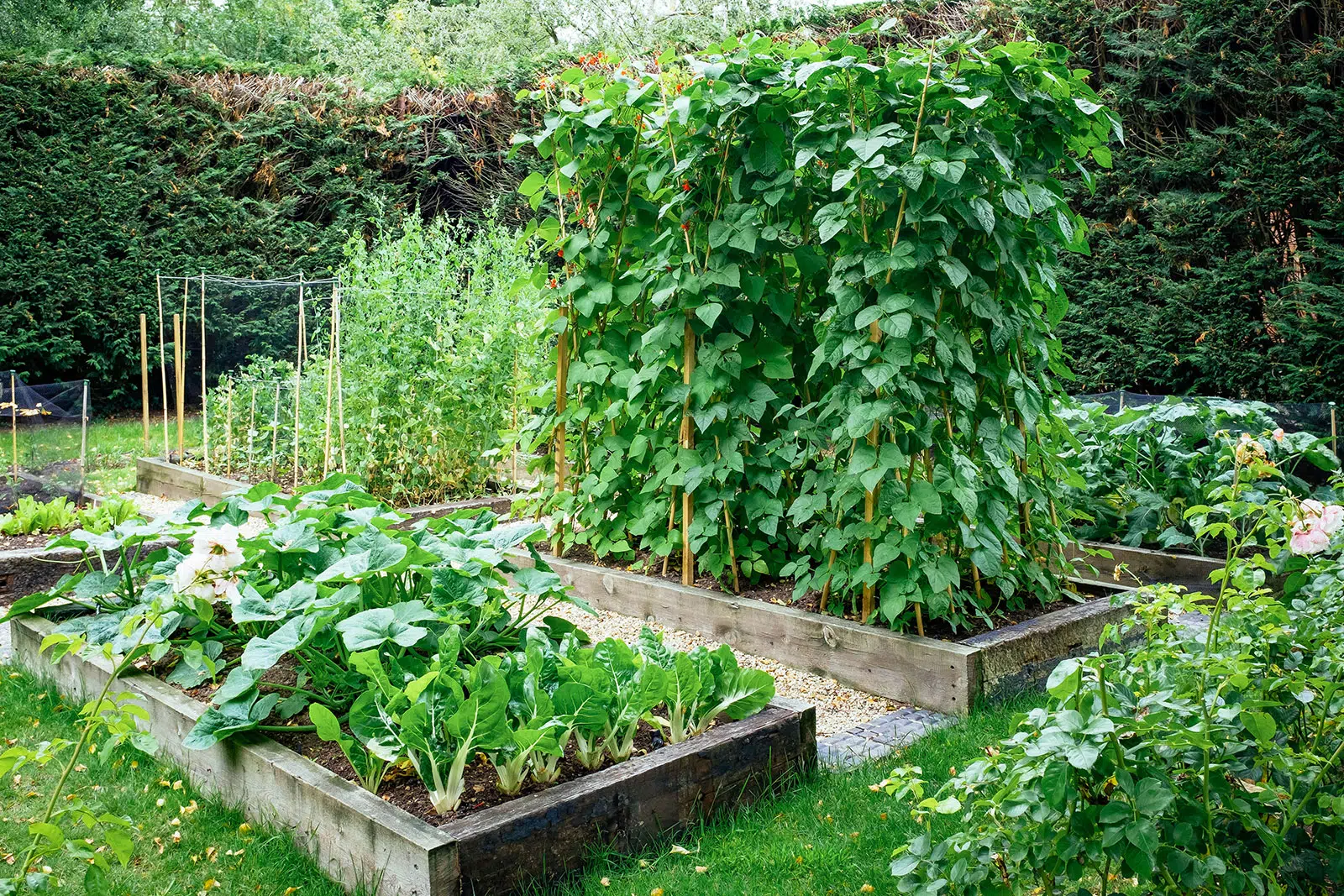

0 thoughts on “Backyard Garden Bed Edging Ideas: Define Your Planting Areas”